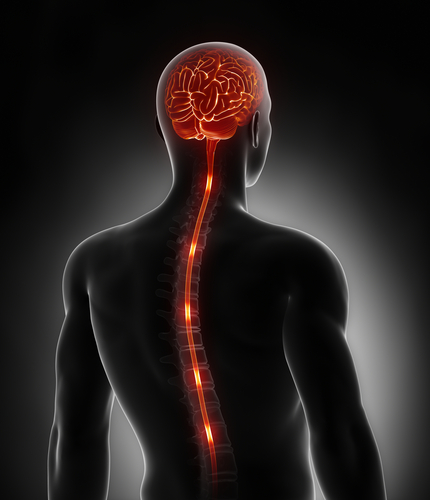New Study Sheds Light on How Electrical Signals Control, Maintain Muscle Movement

A detailed analysis of the communication network between nerve and muscle cells in turtles has shed new light on how movement is controlled and maintained.
These findings on how motor nerve cells communicate may help scientists better understand the underlying mechanisms of amyotrophic lateral sclerosis (ALS) or spinal injury.
Led by researchers from the University of Copenhagen, the study “Decoupling of timescales reveals sparse convergent CPG network in the adult spinal cord” was published in the journal Nature Communications.
For movement — say of a leg or an arm — to occur, the central nervous system has to send a message to the targeted muscle to achieve the desired action. This process involves complex communication mechanisms from the brain and spinal cord to the muscles.
For example, for one single movement, it is necessary to trigger both flexor and extensor signals, which have opposite muscle responses. This particular aspect raises some questions as to how the network of nerve cells can trigger the contrasting electrical impulses involved in this process.
Danish researchers sought to evaluate reflex movement in turtles to better understand the movement mechanistic process. Although the human body is very different from that of turtles, researchers believe that some of the basic and essential mechanisms, such as nerve reflexes, are similar.
The team used electrodes to measure electrical signals of paired nerves in the spinal cord in turtles when they scratched themselves with one hind leg. They found that the movement process could be different than previously thought.
“Because the origin of movement has been difficult to find, it has long been assumed that it is a small core that sets the pace. Like some kind of metronome. But our data has shown that it may in fact be a large network,” Henrik Lindén, PhD, assistant professor at University of Copenhagen and co-author of the study, said in a press release.
To date, it was believed that movement process could be mediated by common centers that would control and drive all the electrical impulses — for both activation and inhibitory responses — which would then target multiple receiver cells in muscles.
In contrast, the data that the team collected from turtles suggests that motor circuitry is likely to be made up of a large and scattered network of different cells, each of which only signals a few other cells in a complex manner.
Researchers were able to reproduce this finding in simpler nervous systems using computer simulation analysis.
These new findings represent a first step toward better understand how muscle movement happens. But much more work is still needed for scientists to have a clear picture of all the underlying mechanisms.
“Once we gain insight into the principles behind the distribution of the [cellular] network, and which cell types are important, we can better put the treatment of neurological disorders [such as ALS] on the right track,” said Rune W. Berg, PhD, associate professor at the University of Copenhagen and senior author of the study.
The team has plans to continue studying and mapping the scattered neurological network involved in movement control and maintenance using more complex experimental models.






